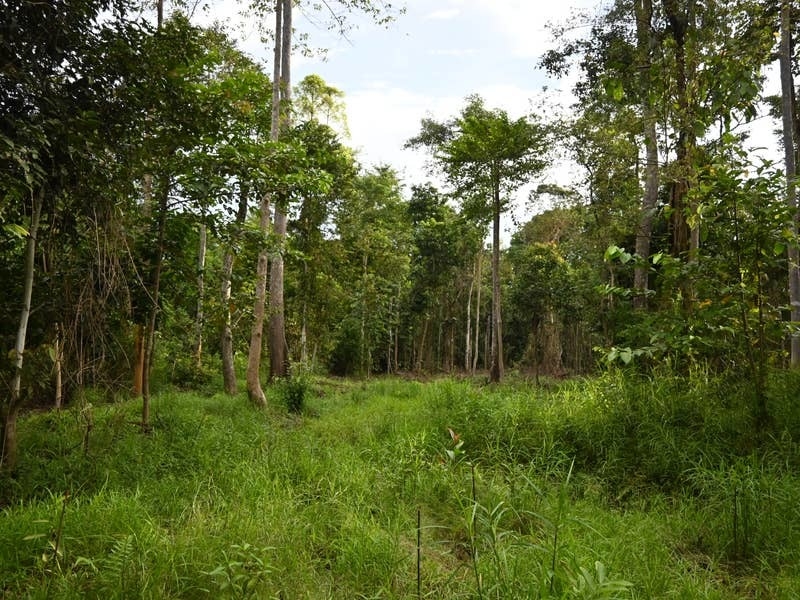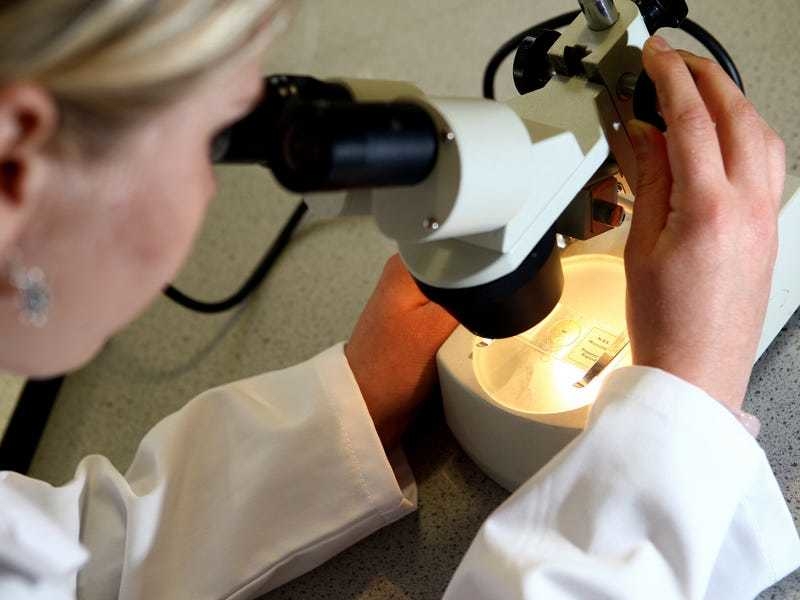Nearly half of all the trees planted as part of restoration programmes in tropical forests in Asia do not survive more than five years, research has revealed.
A team of international experts from 29 universities and research centres, including scientists from the UK, analysed data from 176 forest restoration sites in tropical and sub-tropical Asia – where human activities have caused trees to decline.
They found that 18% of saplings died within the first year of being planted, while after five years the figure was 44%.
But the team also found that survival rates varied between sites and species, with some sites seeing more than 80% of trees still alive after five years, while other sites saw almost all the plants die.
The researchers said their findings, published in the journal Philosophical Transactions of the Royal Society B: Biological Sciences, indicate that using a tailored approach may be needed to restore forests and make them successful.

“There’s likely no one-size-fits-all approach and restoration action should be tailored to local conditions.
“This will help ensure the scarce resources and land available to restoration are used to best effect.”
Southeast Asia’s forests are among the most carbon-dense in the world – accounting for 15% of the world’s tropical forests.
These regions are also very species-rich, providing habitat for tigers, primates and elephants.
The researchers found that reforestation efforts were less successful than in areas that have been fully deforested.
Meanwhile, saplings planted in areas with existing mature trees were found to have around 20% higher chance of survival.
The researchers said there is evidence suggesting that active restoration provides faster results than simply letting nature take its course.

Study co-author David Burslem, a professor at the University of Aberdeen in the UK, said: “We need to understand better how to improve the survival chances of saplings on these sites, to ensure restoration has positive outcomes.
“But the study also provides a warning, to protect our remaining forests as much as possible, both because restoration outcomes are uncertain and to provide the diverse seed sources needed for restoration activities.”
Reforestation is one of the key ways to tackle the loss of biodiversity as well as climate change, and planting trees are often used widely for carbon offsetting – which is compensating for carbon dioxide emissions arising from industrial or other human activity.






